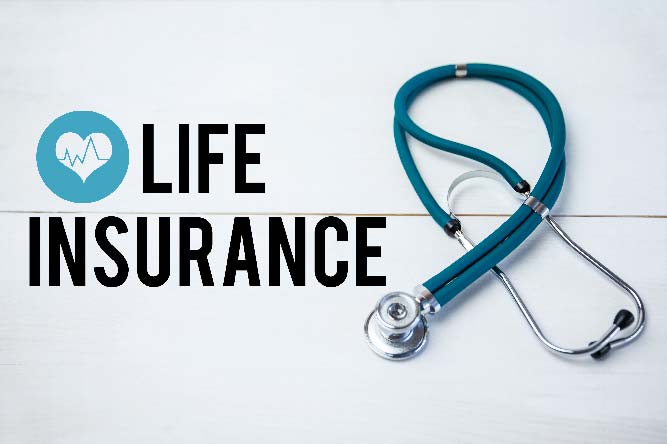Where Shall I Invest My Finances to Get The Maximum Return?
When reviewing the best investing options available, lots of questions come up. Each investor looks for the Top Investment Options where they might have the most return with the lowest amount of danger over a specific period of time. Some people make investments in order to meet their financial objectives, whereas others do so because they want to be financially secure. When choosing an investment plan, you should also take into account your risk appetite, investment horizon, financial goals, and liquidity needs.
Best Investments to Get Maximum Returns
The top high-return investment opportunities are listed below. While investing for the future, you should think about including these investment ideas into your financial portfolio.
- Public Provident Fund – From all the investing options, one of the most safe for long-term investments is public provident fund. It’s tax-free. You can open a PPF account at a bank or postal office. The invested money is secured for fifteen years. Additionally, by choosing this investment strategy, you can earn cumulative interest on the funds that have accumulated. The time range could possibly be extended to the next five years. The sole negative of a PPF account is that you can withdraw your money before the conclusion of the sixth year. If you ever need money, you can take out a loan against the outstanding balance in your account.
- Mutual Funds – These particular types of funds, one of the widely used investment solutions, are the ideal investment plan that offers excellent yields on the capital invested over the lengthy period. It is an alternative to traditional company investments and invests in a variety of financial assets, including debt, shares, money market funds, and numerous other kinds of securities. The returns are generated in line with the market performance of the fund. Mutual fund investing offers significantly better returns than other major investment choices on the market, although carrying a higher level of risk.
- Unit Linked Insurance Plan – One of the best investment alternatives is thought to be unit-linked insurance plans. The Unit Linked Insurance Plans provide both insurance and investment benefits. Additionally, Unit Linked Insurance Plans offer the benefit of tax exemption. A three to five-year lock-in period is included with Unit Linked Insurance Plans. In a Unit Linked Insurance Plan, a portion of the payment goes toward insurance coverage, and the remaining portion is put in market-linked securities like shares, bonds, and many other types of securities.
- Estate Investment – One of the quickest businesses is real estate, which presents a wide range of opportunities in sectors like retail, dwelling, industrial, corporate, hotel, and much more. Buying a flat or a piece of land is among the best investing options. The risk is quite low because the property’s rate increased during a six-month timeframe. Real estate investing, which serves as an asset, is one of the best investment techniques with significant returns over a significantly longer horizon.
Endnote
The golden guideline for investing wisely is to maintain a thorough awareness of the many kinds of investment opportunities offered by the market. For the majority of investors, the goal of the venture may change depending on the financial target, time frame, level of risk, and other factors. A person must therefore make wise investments that have the potential to produce attractive returns over the long run if they want to see their money increase.
Where Shall I Invest My Finances to Get The Maximum Return? Read More »










